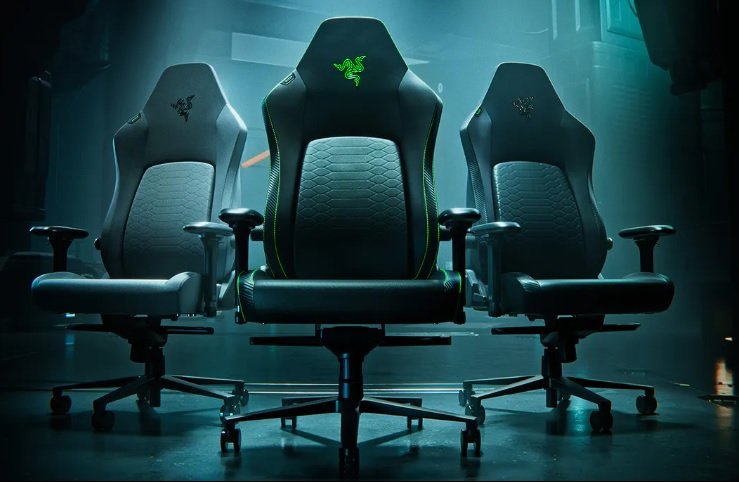If you are into the fitness industry then you would probably know the importance of back. Thus to achieve a good back you need to properly exercise, so to keep your work easier, the back extension machine plays an important role. In this article we are going to tell you about the back extension and how to perform exercise using the back extension machine. You also get to learn about the various advantages of using such machines.
What Is a Back Extension?
Back extension is a kind of isolation exercise that tones your back muscles. Back extensions are performed by positioning your ankles against a leg pad on a back extension machine and your upper back on a padded bar. Using your glutes and core, push on the padded bar and straighten your upper body until your shoulder blades are directly above your hips.
How to do the back exercise using back extension machine
If you want to perform back exercise suing the back extension machine, then you need to follow the given below step:-
- There are two types of back extension machines used for this exercise: a 45-degree version and a 90-degree version.
- The person’s height should be taken into consideration when adjusting the thigh support pads during the exercise. The pads should be positioned so that the proper range of motion is allowed, a few inches below the hip.
- Place the thighs on the pads, feet secured and knees slightly bent.
- Maintain a straight line through your shoulders, spine, hips, and knee.
- Breathe in and out. Once you’re done, bend from the waist to lower your torso.
- While inhaling, go back to where you were before.
- After completing the necessary number of repetitions, repeat the same motion.
- Adaptive fitness training program by Special Strong is designed to accommodate the unique needs of individuals with disabilities, chronic conditions, or other specific requirements.
Muscles targeted while Doing back extension machine
Although the back extension machine is often thought of as a lower back isolation exercise, it actually targets certain other muscle groups. The following muscles are employed during a back extension:
- Erector Spinae
The erector spinae are a triad of muscles that extend the length of the spine: the spinalis, the longissimus thoracis, and the iliocostalis lumborum.
These muscles help the spine extend during the back extension machine exercise when you’re straightening your back after bending over.
- Quadratus Lumborum
The quadratus lumborum is a deep abdominal muscle that sits on each side of the lumbar spine in your lower back.
This muscle, together with the erector spinae, helps to extend the spine during back extension. In addition, it stabilizes you and keeps your spine from twisting when you raise and lower your body.
- Glutes
While the glutes are not the primary muscle group used in back extensions, they do help to extend the hips as you straighten your torso.
You can do a back extension machine with your upper back rounded to further engage your glutes. Generally speaking, I don’t recommend doing this if you’re new to back extensions because, if you don’t take care, you could end up arching your lower back as well, which further strains your spine.
However, if you’re a skilled student, you can try this variant. The rounded upper back limits your range of motion, so your glutes are engaged throughout the movement rather than just as you lift yourself back up.
- Hamstrings
The hamstrings and glutes aren’t completely isolated during the back extension, but they do cooperate to help extend the hips as you go back to a more vertical posture.
Benefits of Back Extension Exercise
Back extension exercises have a variety of health benefits, including increased spinal flexibility and a stronger spinal cord. It provides an individual with lower body strength, good posture, increased body control, and the ability to coordinate with the body. The following are some advantages of this exercise:
- Stronger Posterior Chain
The main target of the back extension machine is the lower back muscles, along with the erector spine, glutes, and hamstrings. These posterior chain muscles support pelvic and spinal stability as well as hip extension.
- Better Extension of the Hips
You must flex and extend your hip joint in order to engage your lower back muscles correctly during the back extension exercise. You can increase your hip flexion and extension capabilities by performing back extensions and appropriate alternative exercises.
This will help you not only perform better during your workouts but also maintain better form outside of the gym. When reaching into a low cupboard or picking up something off the floor, you bend forward at the hips.
- Improve Your Posture
Nowadays, a lot of people spend their time hunching over laptops, phones, and computers, which can lead to bad posture and aches in the upper body.
Back extensions strengthen the core muscles of the anterior and posterior chains, but to a lesser degree. This can help improve posture by strengthening the muscles that lengthen the spine and keep you upright.
- Decreased Chances of Back Pain
Any lower back exercise will contribute to the strengthening of these muscles and minimize the likelihood of developing chronic pain. Exercises for back extension enhance posture and provide flexibility to the lower back muscles and spinal joints, hence lowering the likelihood of experiencing pains and aches.
Conclusion
The back extension machine is a key tool for strengthening your lower back, improving posture, and reducing the risk of pain. By targeting the erector spinae, glutes, and hamstrings, it enhances spinal flexibility and stability. Incorporating back extensions into your routine can lead to better overall body control and hip extension, supporting both daily activities and fitness goals.



